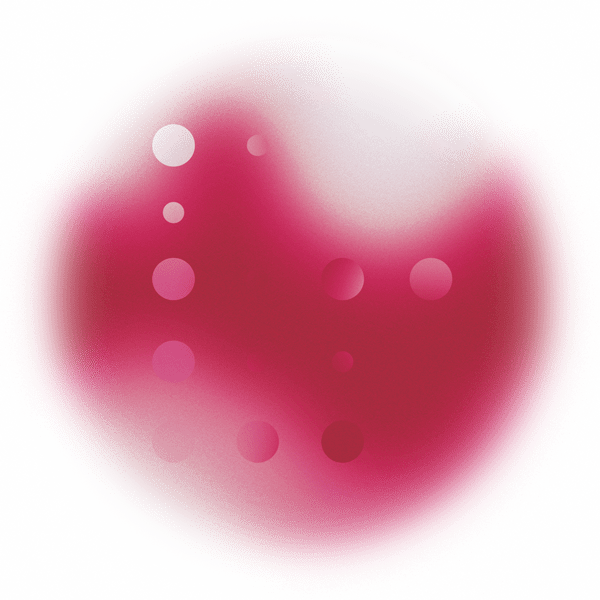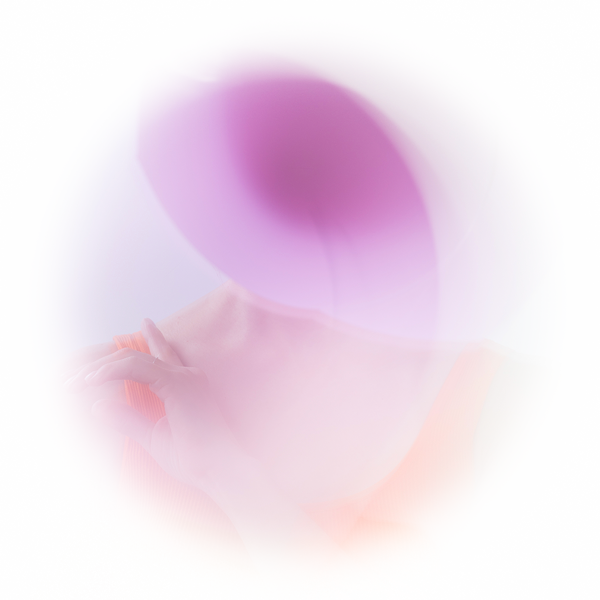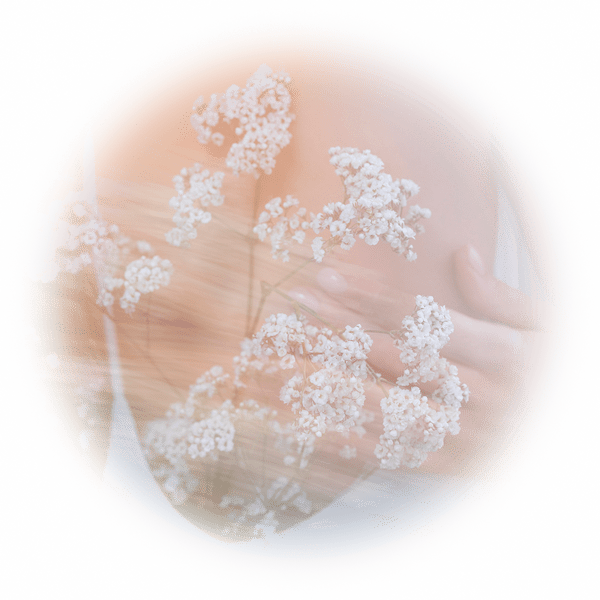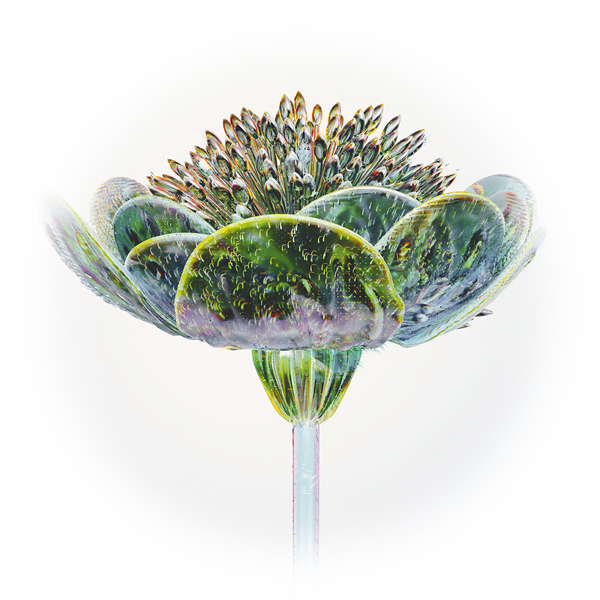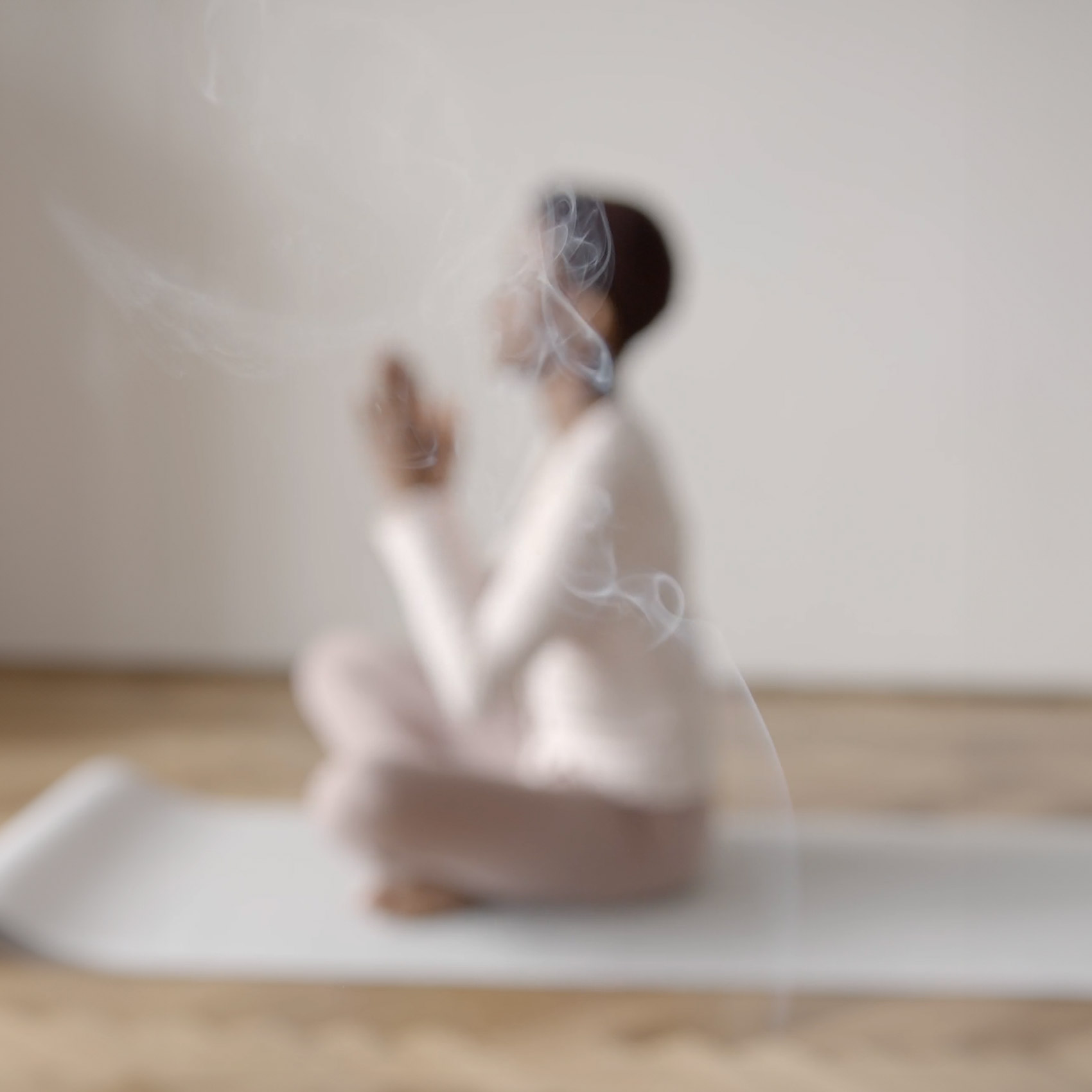Although he was not a great advocate for the sense of smell, psychiatrist Sigmund Freud was among the first to mention olfactory dreams. He discussed this mysterious phenomenon in his 1899 book, The Interpretation of Dreams, in which he gave the example of a thirteen-year-old boy who regularly had vivid nightmares in which “there was a smell of pitch and brimstone”. Before him, those who were interested in the subject of dreams often dismissed the existence and possibility of olfactory or gustatory dreaming. Psychologist Paul W. Radestock, for instance, considered that “in the case of dreams, the senses of smell and taste provide the fewest elements” and didn’t give it much more thought.
Although it is now well-admitted that olfactory dreams do exist – whether the olfactory content is central to the dream’s meaning or not -, scientists are still investigating what prompts them and why most people never or rarely experience them. Interviewed by the BBC in 2014, Francesca Faruolo, who was director of the Bologna Festival dell’Olfatto, suggest that olfactory dreams are more prevalent in people who, in their everyday lives, are “either very sensitive to smells or have a highly trained sense of smell.” A 2021 study published in Brain Sciences actually corroborated this theory by showing that reports of chemosensory dream content were “more frequent in individuals with greater odor awareness”. Such individuals are logically more likely to experience mental odors created by the regions of their brains usually involved in olfaction, while no odorants are actually present!
This would also explain why most people don’t dream in scents. Our sense of smell is indeed largely disregarded in Western cultures. It was long deemed dispensable, unrefined, unworthy of being cultivated. The parts of our brain devoted to the treatment of olfactory information thus lack a conscious, consistent training, and our odor naming capabilities are generally relatively poor. With a strong socio-cultural bias in favor of visual perceptions, most of our olfactory experience goes unnoticed. How then could it resurge in the dream state?
A Canadian study about “Prevalence of Auditory, Olfactory, and Gustatory Experiences in Home Dreams”, published in 1998 in the journal Perceptual and Motor Skills, showed that olfactory and gustatory sensations only occurred in approximately 1% of the 3372 dream reports collected by the team, although approximately 35% of men and 41% of women reported having had a dream with olfactory content at some point in time. “A significantly greater percentage of women than men reported one or more dreams containing references to olfactory sensations” underline the authors. One possible explanation advanced by researchers is that women are maybe more interested in odor than men which would explain that olfactory experiences are more frequently reported in women’s dreams…
Another study published in Imagination Cognition and Personality in 2005, aimed to determine whether people who claim to dream about smells are being truthful in their report, and to differentiate olfactory dreams from olfactory hallucinations which are sometimes experienced by individuals suffering from mental health issues, epilepsy and other conditions. The resulting data did provide more compelling accounts of olfactory dreams suggesting that not only are these dreams genuine, they are also not limited to those with diagnosed unusual conditions.
This study also revealed that olfactory dreams have “features similar to actual olfaction (emotive and brief)” and are “representative of odors encountered in everyday life” such as bacon, curry, pastries, oranges, pizza, tomatoes, wine, cigars, cigarettes, smoke, blood, soap, sunscreen, grass, etc. In other words, olfactory dreams tend to be shorter and more emotionally-charged than vision dreams and olfactory dreamers most often perceive smells familiar to them. One of the most recent studies on the subject, published in 2022 in Physiology & Behavior, confirms this and explains that “odors perceived in dreams are mainly related to food, burning and smoke, body odor, nature, and certain environments and objects.” Olfactory dreams thus might not get as strange and unhinged and circonvoluted as some vision dreams can, but they are, when they occur, a powerful experience and a testimony to the remarkable and yet still perplexing potency of our olfactory brain!
And although they might constitute an agreeable experience when they pertain to food, natural landscapes or cosmetics, it is notable that such dreams aren’t always pleasant! A 39-year-old woman quoted in the 1998 study described her dream in this way: “These two guys that I had hired to clean my house are in my home. […] I go upstairs to check what they have done and see their big dog, a pitbull, that they have tied with a long rope. The dog is walking everywhere in the house. There’s a disgusting smell and everything is a mess”. In this case, better to dream it than actually live it!
